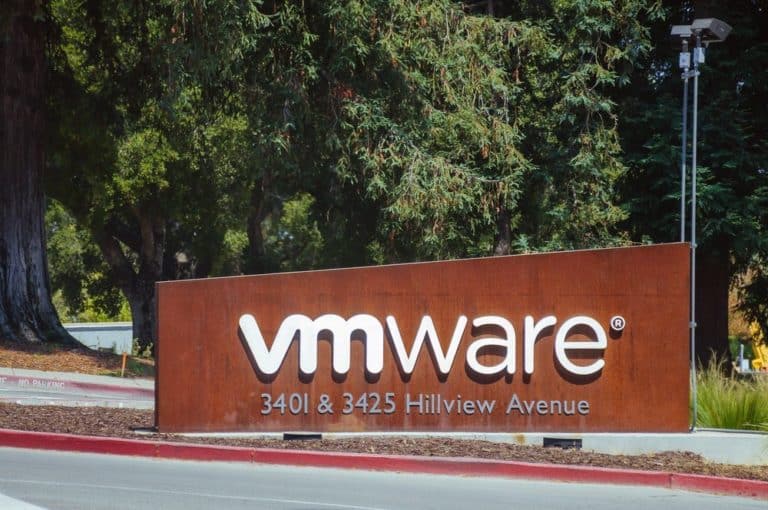VMware has made version 7 of its VMware vSphere platform publicly available. A major update to the hybrid cloud platform is that Kubernetes, among other things, is now built in as standard. This merges the virtual machine (VM) platform with the well-known container orchestration platform.
The newly released version 7 of the hybrid cloud platform is, according to the cloud and VM specialist, the most important release in decades. VMware vSphere 7 should help companies run all their applications on a single platform. This is done using a combination of VMs, containers and also Kubernetes. That will allow them to increase their development and production capacity, and innovate faster. All this, of course, with the required security, stability, performance and governance.
Combination of VMs and Kubernetes
The now presented version of VMware vSphere 7, with a combination of Kubernetes and VMs, is not new. Most instances of Kubernetes are already deployed on VMs to enable isolation between workloads. With the newly released combination VMware goes one step further. VMware vSphere 7 integrates Kubernetes into the hypervisor of a VM, allowing customers to run their workloads 8 to 10 percent faster than, for example, bare metal machines. Especially due to the scheduling software that comes with vSphere 7.
Other added functionality for the relationship between Kubernetes clusters and the VMware platform is the ability to remotely validate sensitive workloads, with vSphere Trust Authority. This provides secure access and account management to and from these workloads with Active Directory Federation Services (ADFS).
Terms and conditions
However, if companies want to take advantage of the new Kubernetes capabilities built into VMware vSphere 7, they must meet a number of conditions set by the cloud and VM specialist. In any case, they also have to purchase a license from VMware Cloud Foundation. This is a complete software stack for managing VMs and providing access to storage and network services.
According to the cloud and VM specialist, the reason for making this solution mandatory is that Kubernetes clusters running on x86 or GPU processors must have access to external storage and network services.
Road of least resistance
For VMware itself, the obligation to VMware Cloud Foundation to be able to combine Kubernetes and VMware vSphere is of course also interesting. In this way they can keep their existing VMware vSphere end-users even closer.
Workloads running on Kubernetes are still movable, but makes the entire software stack mandatory in order to be able to use Kubernetes operationally. This makes it easier for customers to run VMware vSphere 7 and VMware Cloud Foundation both on-premise and in a number of public cloud environments.
As a result, VMware vSphere 7 may be the path of least resistance towards deploying Kubernetes, in any case according to the cloud and VM specialist.
Two configurations
VMware vSphere 7 is offered in two different configurations. VMware vSphere 7 is now available for VM-based applications in a number of different editions, including VMware vSphere Enterprise Plus Edition.
Version VMware vSphere 7 with Kubernetes will be bundled with VMware Cloud Foundation 4 with the Tanzu cloud platform. This version is specifically designed for container-based and VM-based applications.
